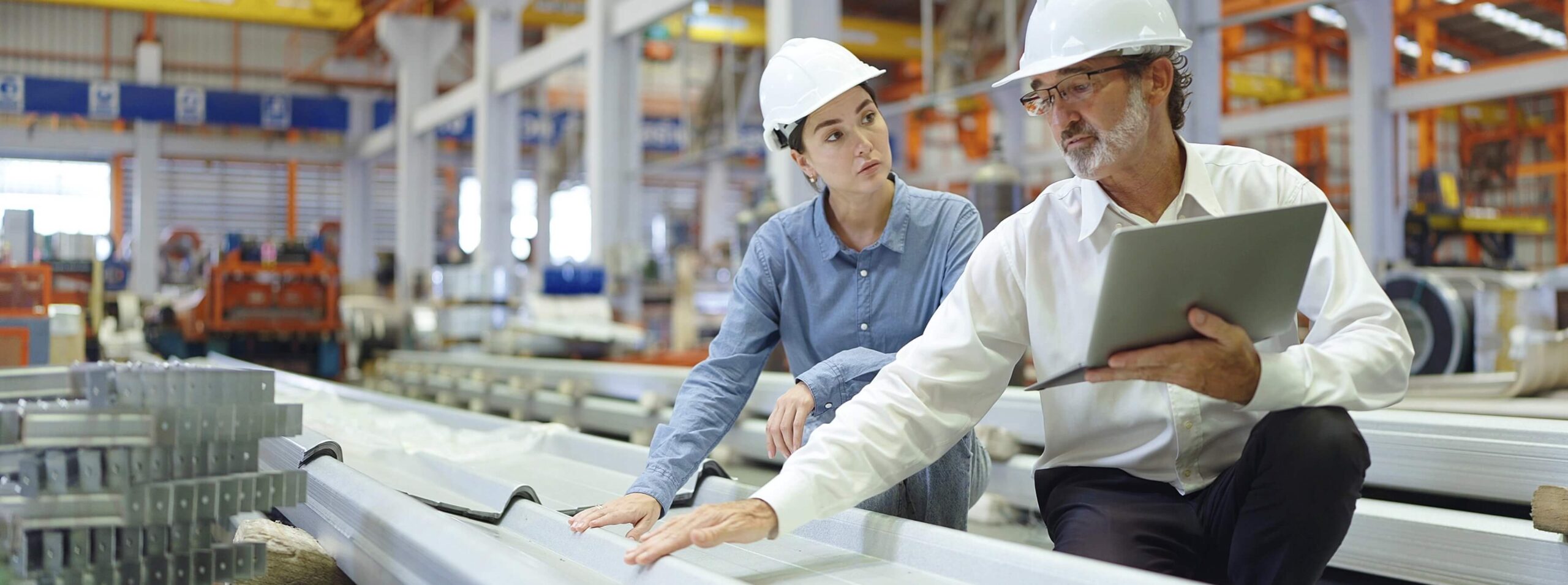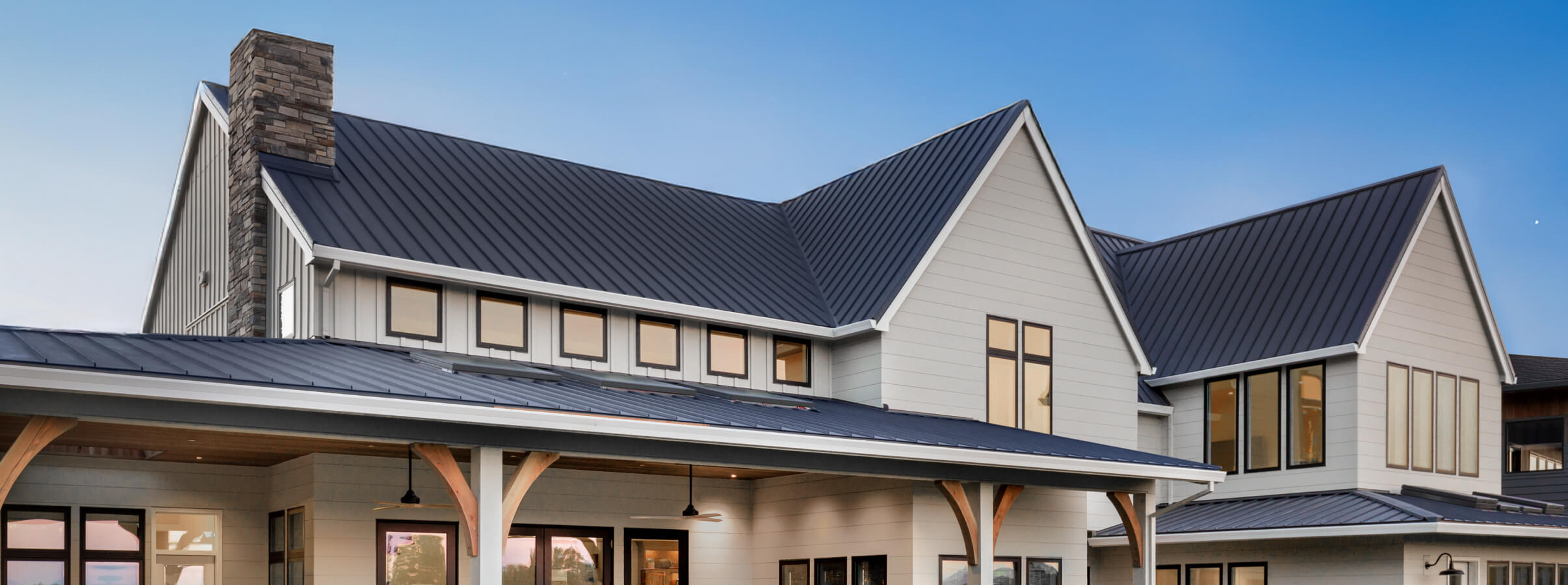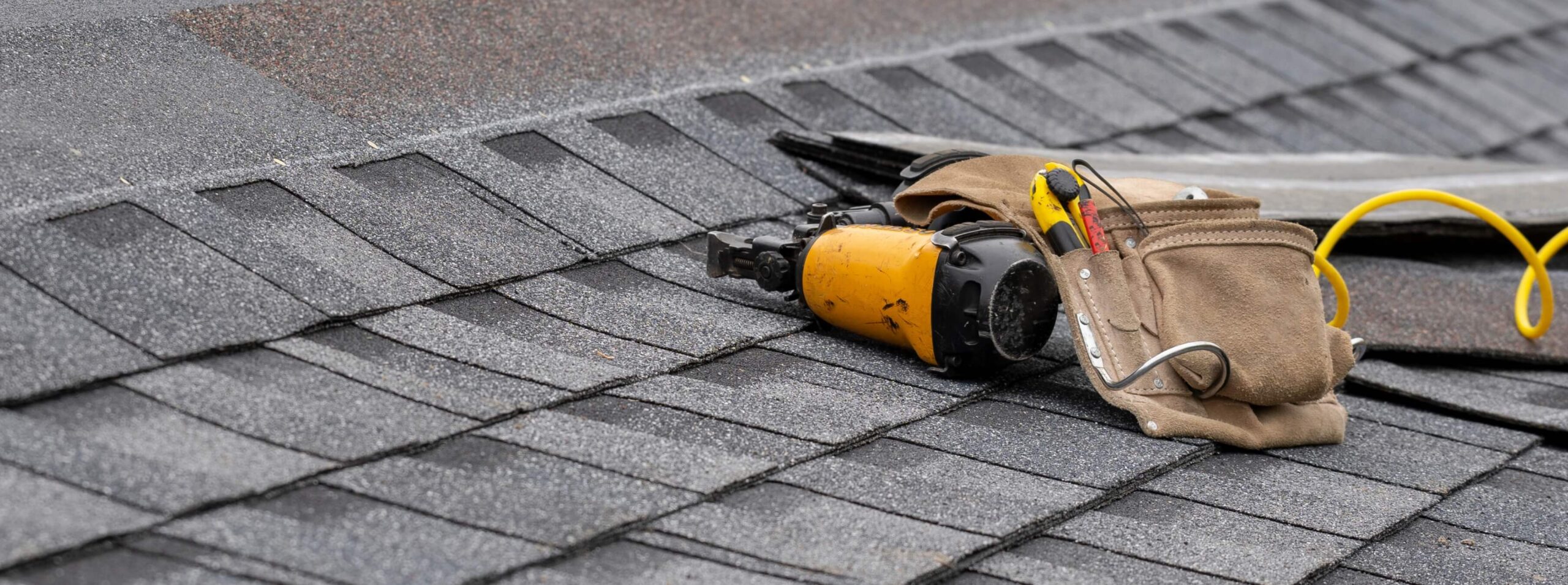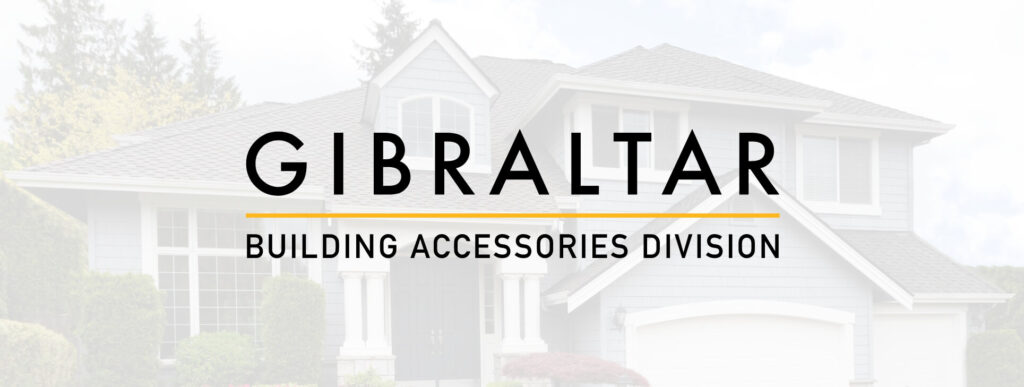May 3, 2024
What is Wind Uplift Testing for Metal Roofing Systems?

Metal roof panels have inherent structural integrity based upon material used, geometric shape of the metal panel profile, and attachment methods. When talking about the “strength” of a metal roof, most homeowners are really interested in, “Will my metal roof survive a severe weather event?”.
The metal roofing industry leans on standards and test organizations such as the International Code Council (ICC), American Society for Testing and Materials (ASTM), Underwriters Laboratory (UL), as well as regional and local design and testing specifications to establish criteria for metal roofing performance.
One common type of test used to evaluate a metal roofing system’s performance is a “wind uplift” test. In this test a small roofing deck is built using the desired roofing materials (metal panels, wood deck, underlayment, and fasteners) to simulate a metal panel roof system. The simulated roof deck is sealed in such a way so that wind pressure can be created within the contained system, and thus exerted on the roof system. Wind pressure emulates the dynamic forces of wind speed associated with severe weather events.
At the conclusion of a wind uplift test, a “wind uplift rating” is assigned to the metal roofing system. Ratings are in the units of pounds per square foot (psf) of pressure, and allow designers and construction professionals to know what design pressure rating is applicable based upon wind speed, building location, and building type for the project at hand.



